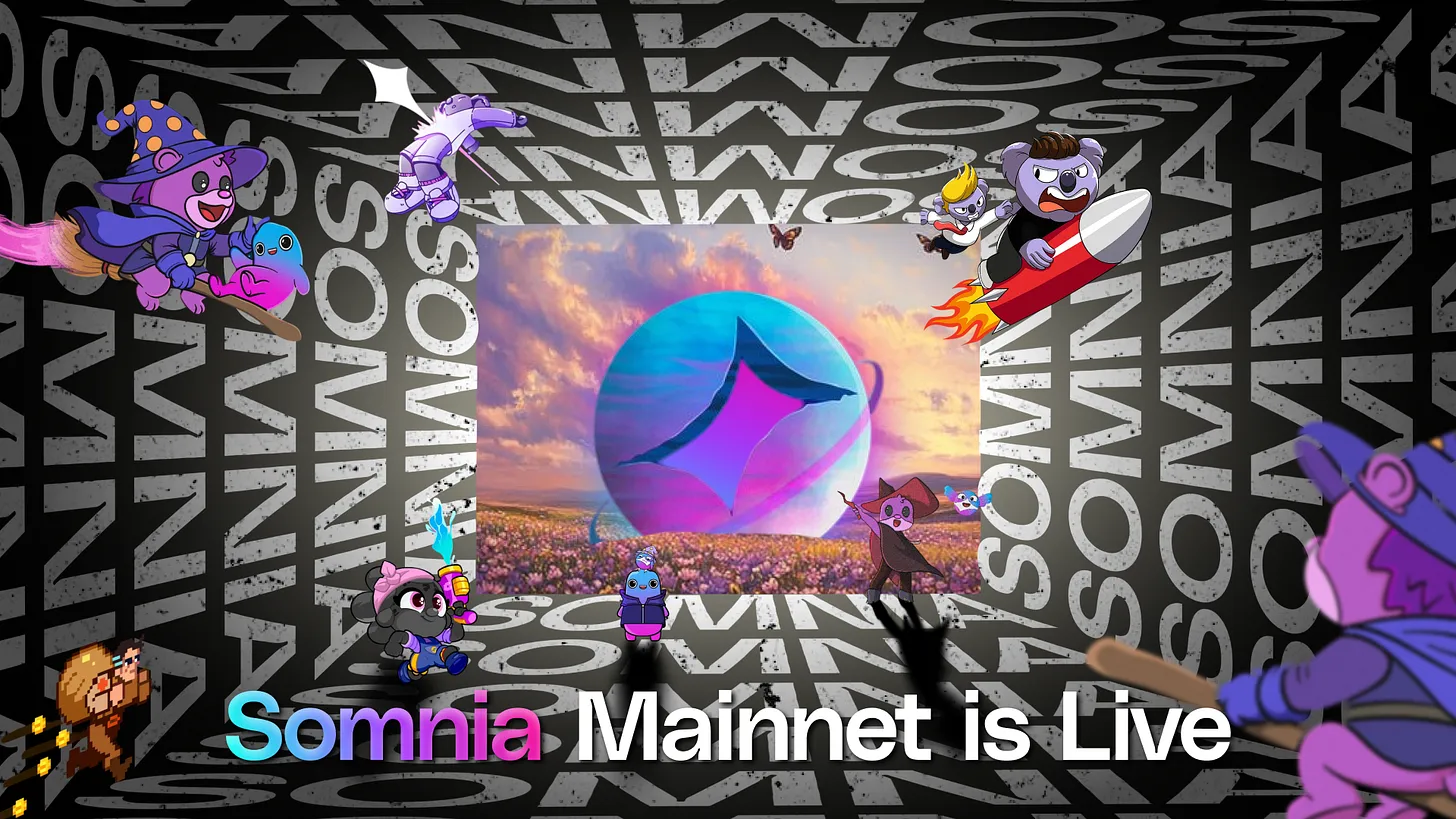
How Somnia Avoids Outages And Downtime

Blockchain outages occur when a network can’t handle the large volume of transactions during peak demand, effectively shutting down the system. This problem isn’t just an annoyance, it has serious consequences and could result in a lot of people losing a lot of money.
1. Financial Risks for Leverage Traders
One of the most critical impacts of outages is on leverage traders. These individuals rely on being able to rebalance their collateral in real-time to avoid liquidation. When a blockchain goes down, they lose access to trading platforms and wallets, leaving them unable to adjust their positions. This can result in catastrophic liquidations, wiping out their investments in moments.
2. Frozen Trading and Market Instability
Blockchain downtime also prevents users from executing trades, which can amplify market volatility. During outages, liquidity providers are unable to react to price movements, further destabilizing the ecosystem. This creates a ripple effect, impacting decentralized exchanges, lending platforms, and the broader crypto market.
3. Developer and User Frustration
For developers, outages disrupt dApp functionality and erode user trust. Players in blockchain-based games, for example, may find themselves unable to access their assets or participate in gameplay, leading to negative user experiences and potential attrition.
4. Economic Disruptions in On-Chain Ecosystems
For blockchain ecosystems built on real-time operations, like games, metaverses, or predictive markets, outages can freeze entire economies. Users cannot make purchases, participate in events, or engage in live interactions, effectively halting activity.
Why Outages Happen
Outages on conventional blockchains often stem from their inability to handle congestion during high-demand periods. When a surge in traffic occurs—such as during a major NFT drop or a spike in trades on a decentralized exchange—the network struggles to process the overwhelming volume of transactions.
This congestion creates bottlenecks that delay transaction processing times, causing frustration for users and developers alike. Without the necessary scalability measures to allocate resources dynamically or process high volumes of transactions efficiently, these issues persist, resulting in outages and degraded performance.
How Somnia’s Multistream Consensus Eliminates Outages
Somnia’s Multistream Consensus is an innovative approach to blockchain scalability and reliability that eliminates the potential for outages. Unlike conventional blockchains that struggle during load spikes due to correlated transactions, Somnia’s Multistream Consensus accelerates sequential execution, enabling unparalleled performance even under extreme demand.
Key Advantages of Multistream Consensus:
- No Bottlenecks: By allowing multiple streams of transactions to run concurrently, Somnia eliminates the risk of congestion halting the entire network.
- High Throughput: With over 400,000 transactions per second (TPS), the network can handle even the most demanding use cases, such as real-time gaming or high-frequency trading.
- Dynamic Resource Allocation: Somnia’s infrastructure dynamically allocates resources based on demand, preventing any single application from monopolizing the network.
- Sub-Second Finality: Transactions are confirmed in under a second, ensuring smooth and uninterrupted operations, even during peak activity.
Building a More Resilient Blockchain Future
Somnia’s approach to blockchain scalability focuses on building a system that remains reliable, scalable, and accessible, even under the most demanding conditions. By tackling the root causes of network downtime, Somnia provides a dependable foundation for developers and users alike.
- Traders can trade: No more worrying about missing trades or getting liquidated due to network failures.
- Developers can build with confidence: dApps remain operational, even during high-demand events.
- Users stay connected: Whether it’s a game, a marketplace, or a financial application, users enjoy seamless interactions without interruptions.
Why Reliability Matters for Mass Adoption
As blockchain technology moves closer to mainstream adoption, reliability is going to become even more important. A blockchain that goes down during critical moments erodes trust and deters both developers and users from engaging with the ecosystem. Somnia’s infrastructure is designed to solve this challenge, offering a dependable foundation for the next generation of decentralized applications.
With Somnia, outages are a thing of the past. By delivering uninterrupted, high-performance blockchain services, we are setting the standard for what a truly resilient decentralized network should be.To learn more about Somnia’s tech, dig into our litepaper and join our community!



